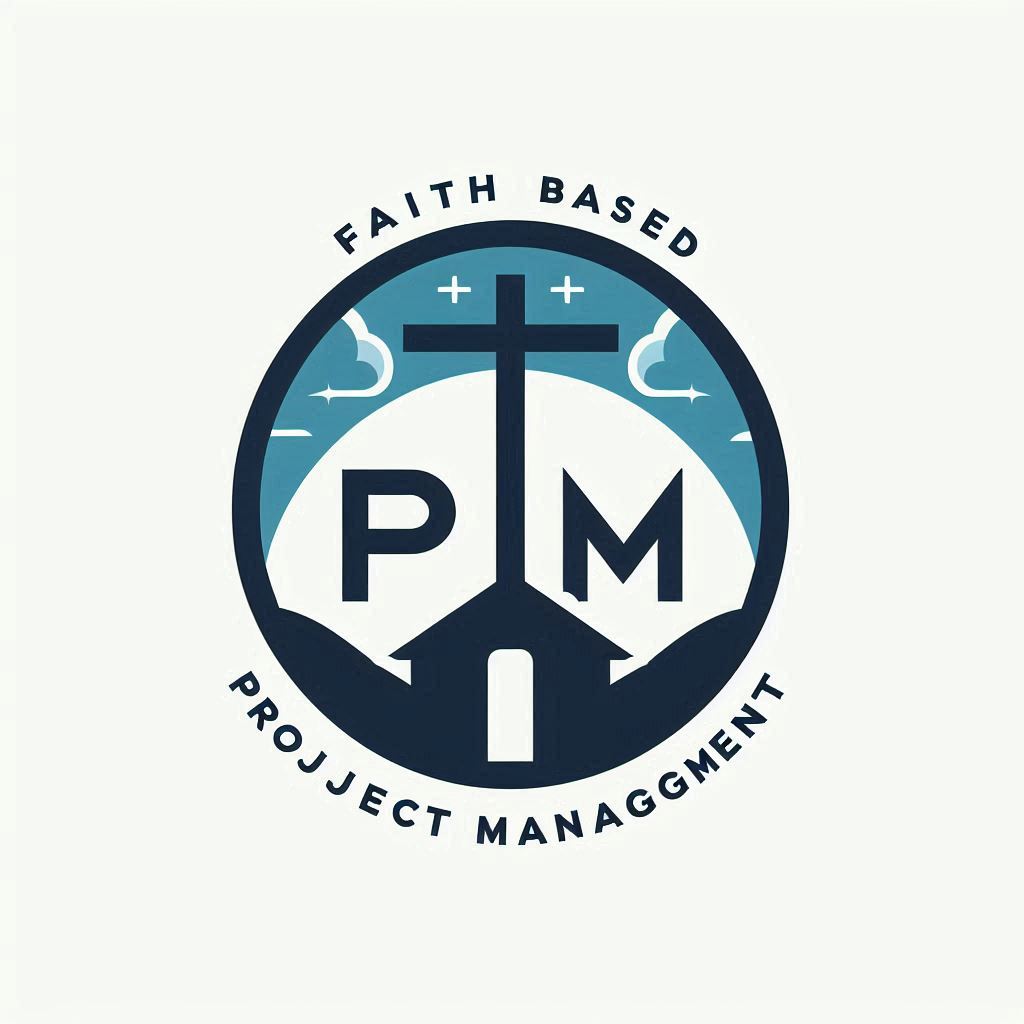Faith and leadership might seem worlds apart at first glance, but they often intersect in ways that shape how organizations and individuals thrive. Faith isn’t limited to religious beliefs; it encompasses trust, conviction, and a strong moral compass. Leaders draw on faith to craft visions, inspire teams, and ground themselves in principles that guide their decision-making.
The interplay between faith and leadership is complex. Faith can act as a guiding light for leaders, instilling a sense of purpose and ethical responsibility. It pushes leaders to consider the broader impact of their choices, nurturing environments where integrity and authenticity flourish. Yet, there’s a flip side. Relying solely on faith might lead to inflexibility or disregard for diverse perspectives, which can stifle innovation and growth.
When faith complements leadership, it often brings a richer, more human dimension to the table. Leaders guided by both faith and practicality tend to be more empathetic and approachable, fostering connections that go beyond the superficial. This partnership cultivates trust and loyalty among team members, driving engagement and productivity. But remember, this doesn’t mean ignoring data or practical insights in decision-making. It’s about merging the best of both worlds.
There’s a historical precedent where faith has served as a disguise for poor leadership. Sometimes it becomes a fallback for leaders lacking vision or the ability to engage critically with challenges. While faith can anchor, it should adapt to change rather than resist it.
Interestingly, faith has also been wielded effectively—and sometimes not so effectively—in the name of autocratic leadership. Think about instances where leaders have leveraged faith to justify authority or suppress dissent. This reinforces the need for critical balance and a commitment to serve, not control.
So how do we harmonize faith and leadership? It starts with recognizing the strengths and limitations of both. Leaders can foster environments where diverse beliefs are respected and ethical considerations are part of every decision. Building this kind of culture doesn’t happen overnight, it takes conscious effort and continuous learning.
Several leaders have successfully bridged the gap, integrating their personal convictions with their leadership roles. Their stories show that while faith can be a powerful tool, it’s most effective when coupled with empathy, inclusivity, and a forward-thinking mindset. Learning from these examples can offer fresh insights into balancing the two elements, helping leaders cultivate an environment rich in trust and integrity.
